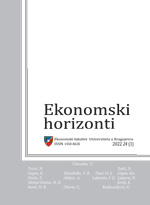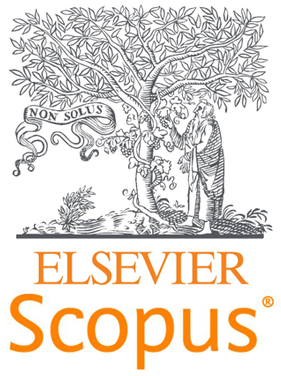A conceptual framework for designing the architecture of human resource management
Biljana Bogicevic Milikic
Faculty of Economics, University of Belgrade, Belgrade, The Republic of Serbia
Intensive changes in the business environment with significant implications for organizations reflected in increasing their size, thinning structures, the application of new models in the intra- and inter-organizational designs, the growing importance of knowledge management and the application of multi-strategies have produced significant effects on the human resource management (HRM) architecture. As there are a number of different approaches to the HRM architecture in the relevant literature, this paper is aimed at creating an integral conceptual framework for designing this function. For this purpose, the paper analyzes different approaches to HRM design from the standpoint of the main theoretical models of organizational design in order to identify both similarities and distinctions between them, and build up an integral conceptual framework for designing the HRM architecture. These will form the ground for the application of a comprehensive approach in creating, analyzing and understanding the HRM architecture. The research findings suggest that the HRM modern architecture includes six design elements, namely: HRM contingent factors, key stakeholders’ interests, the HRM hard components, the HRM soft components, organizational results, and feedback.
Keywords: human resource management, organizational design, human resource management architecture
JEL Classification: M1, M5




